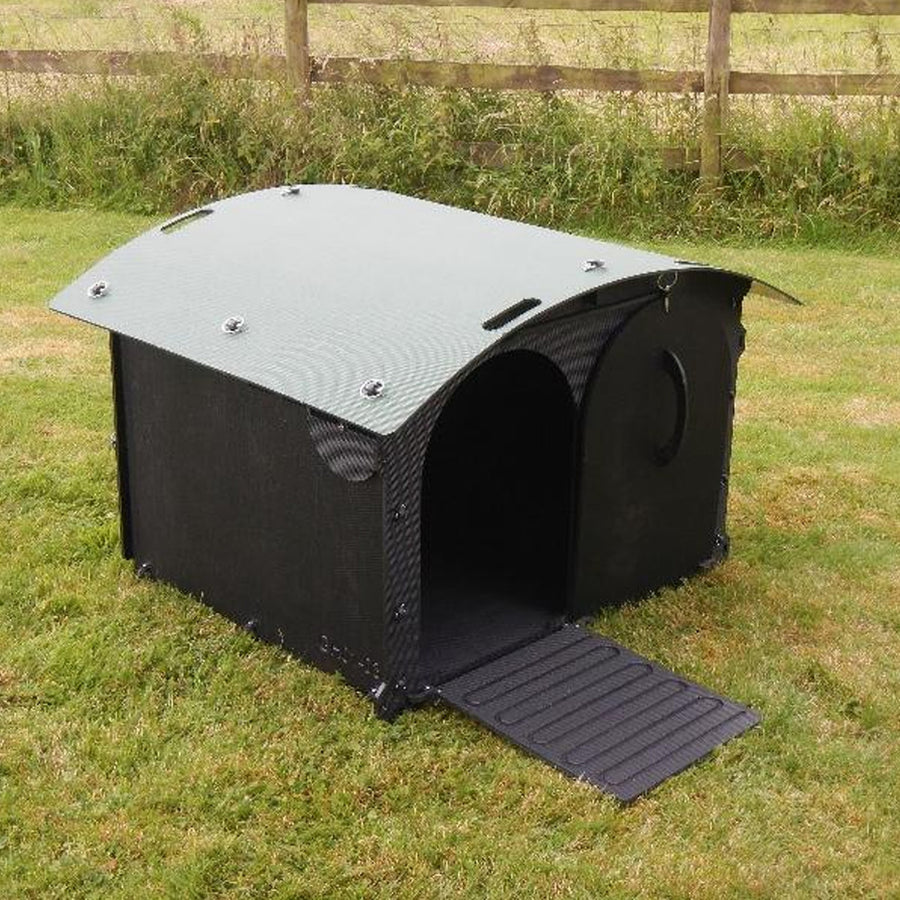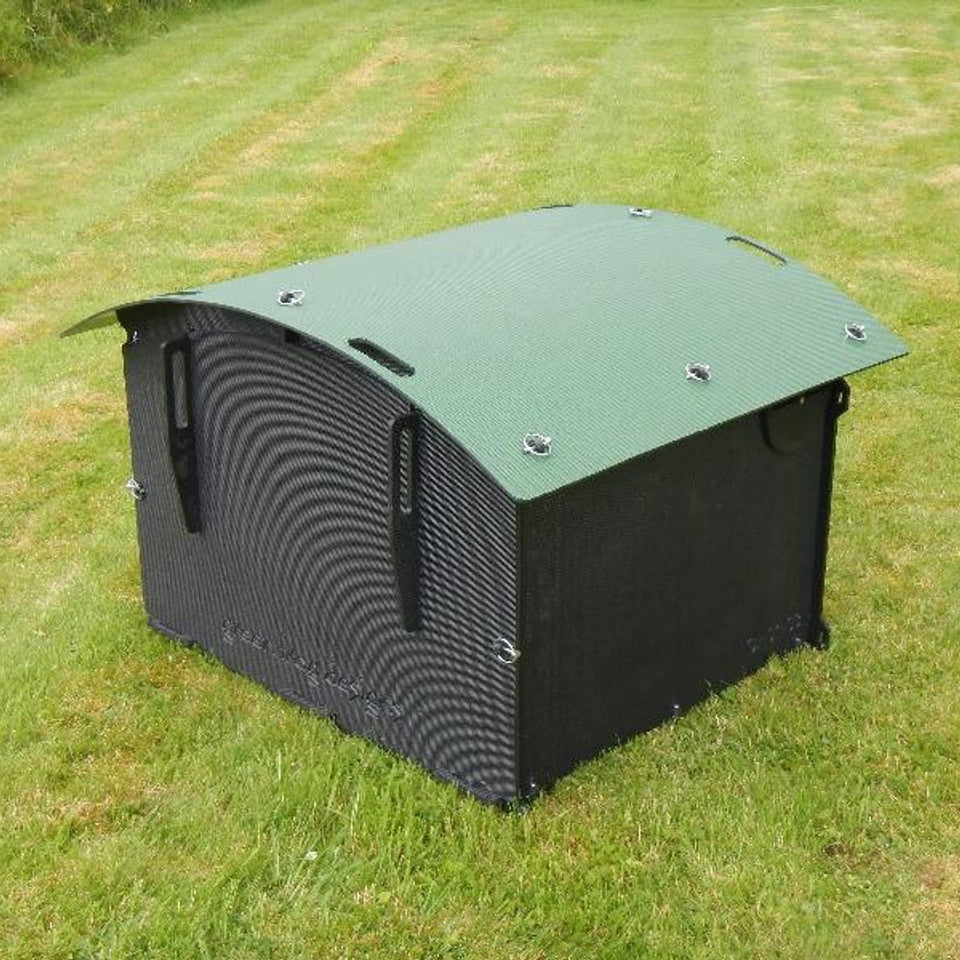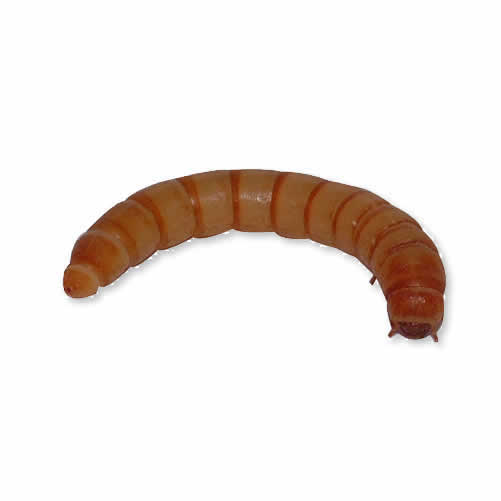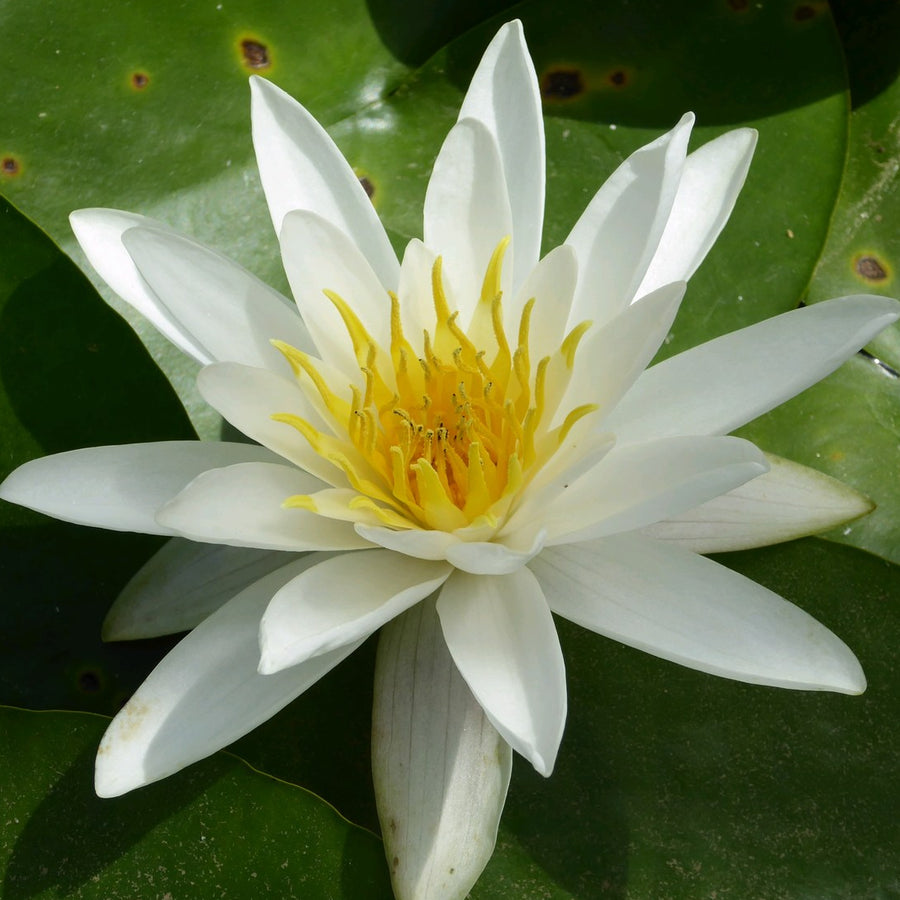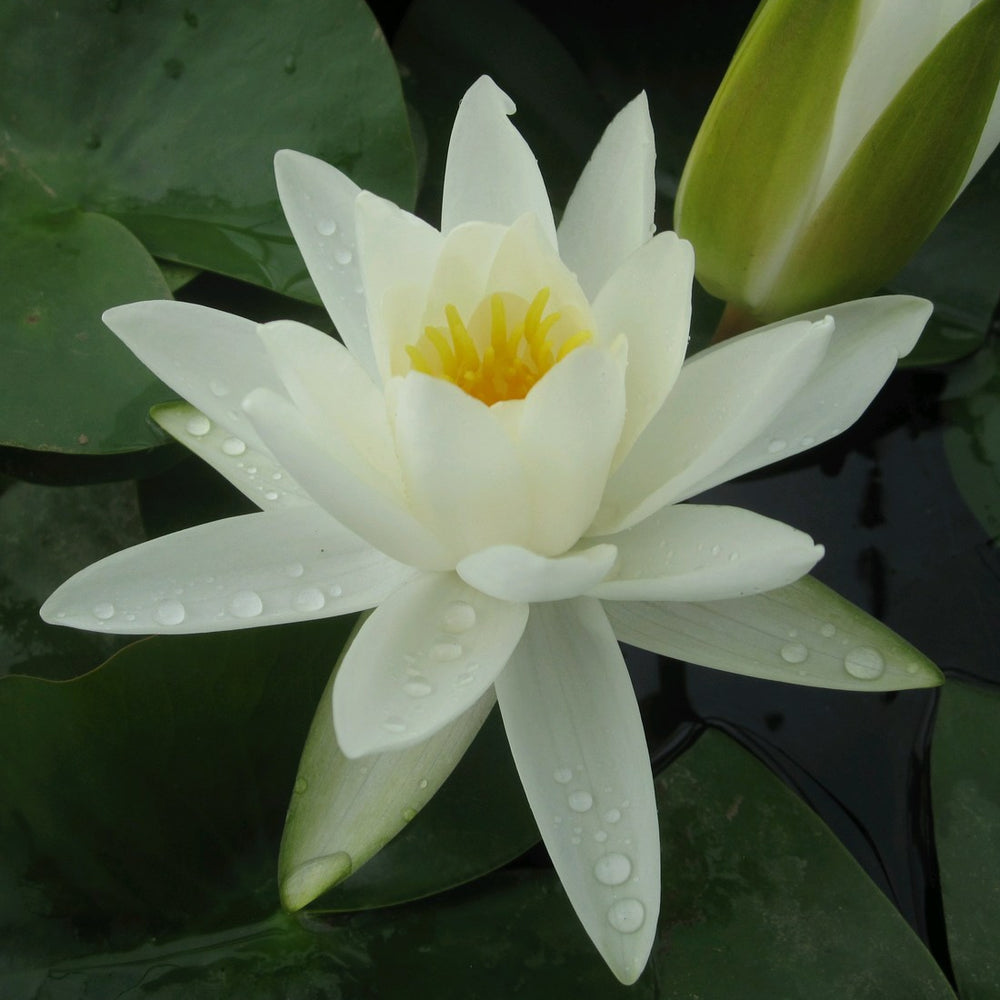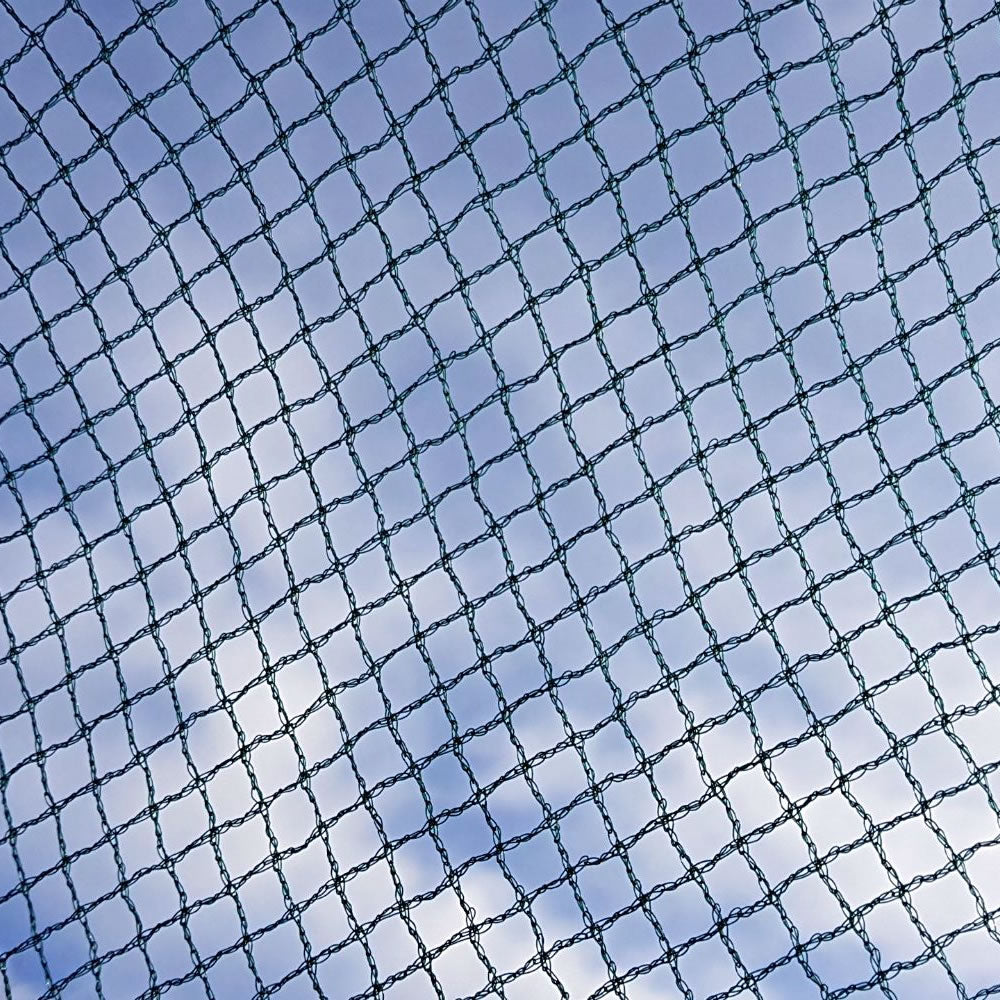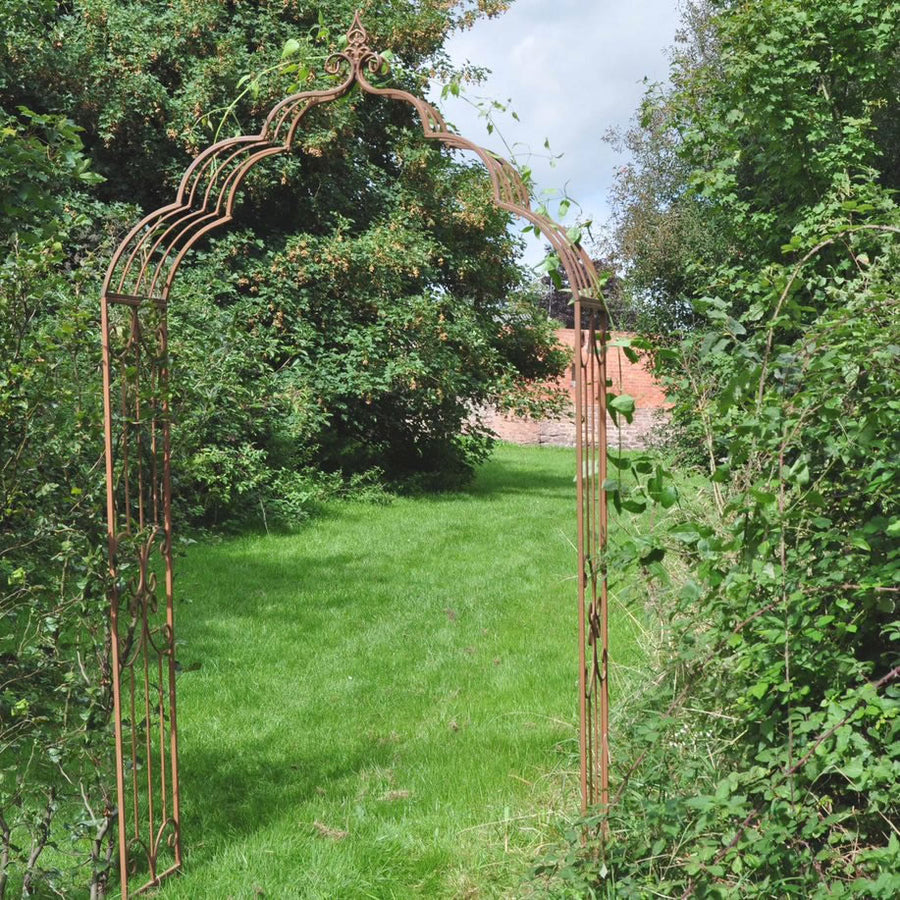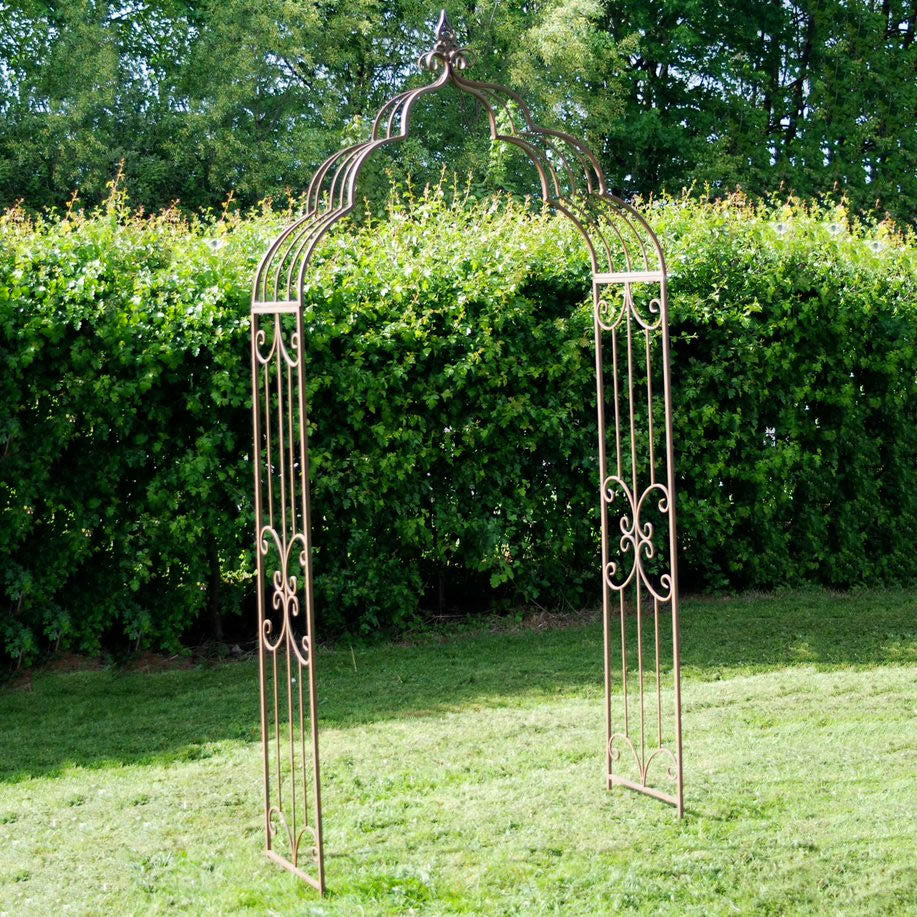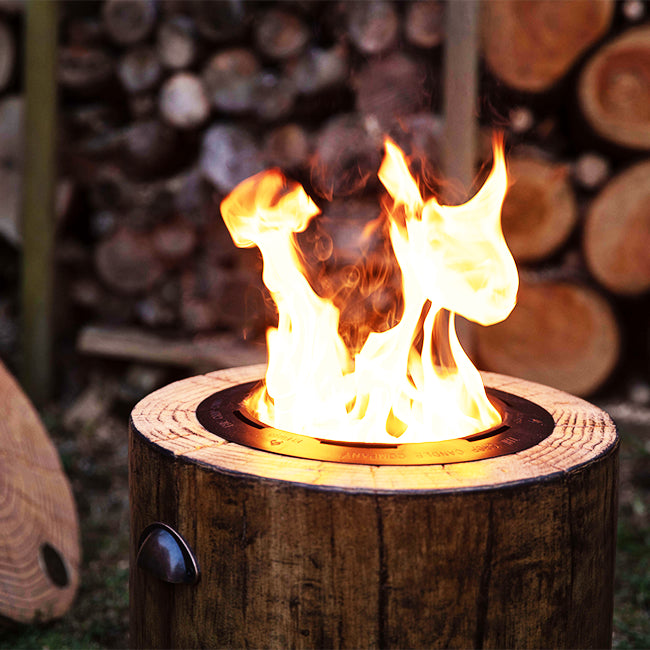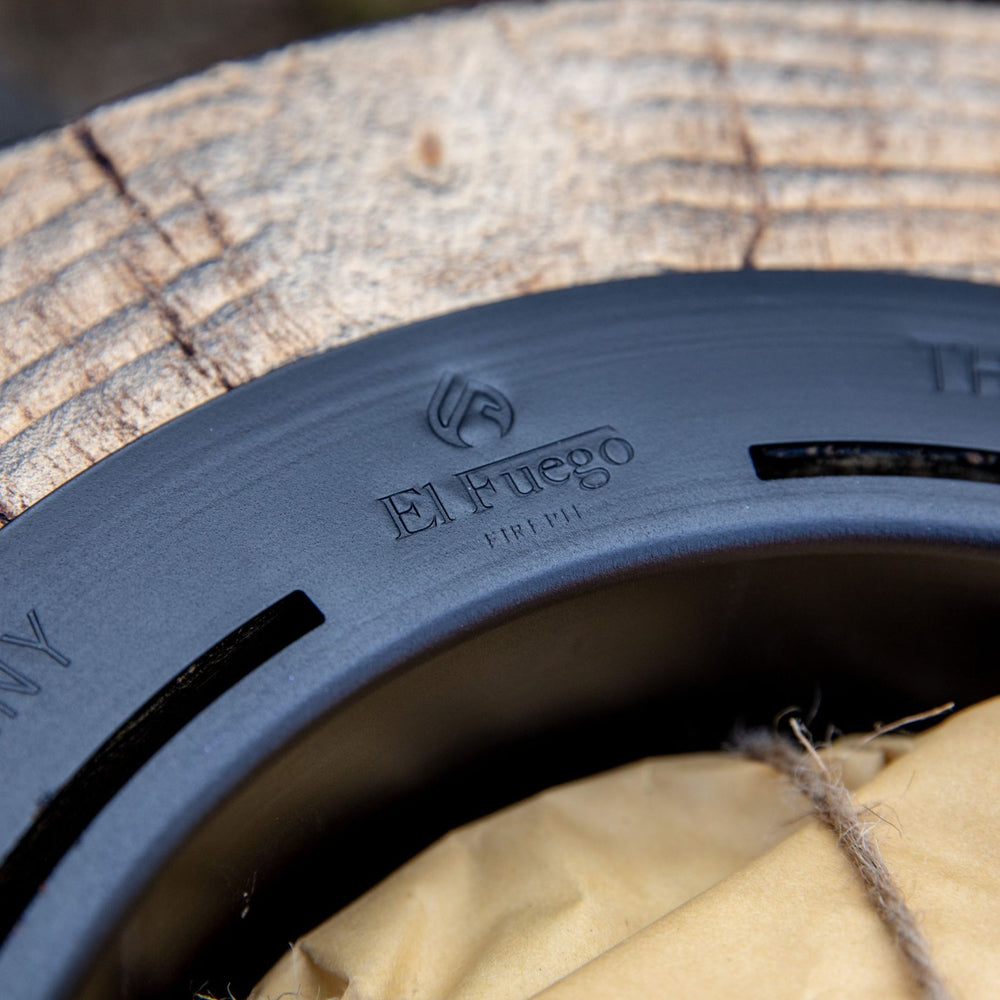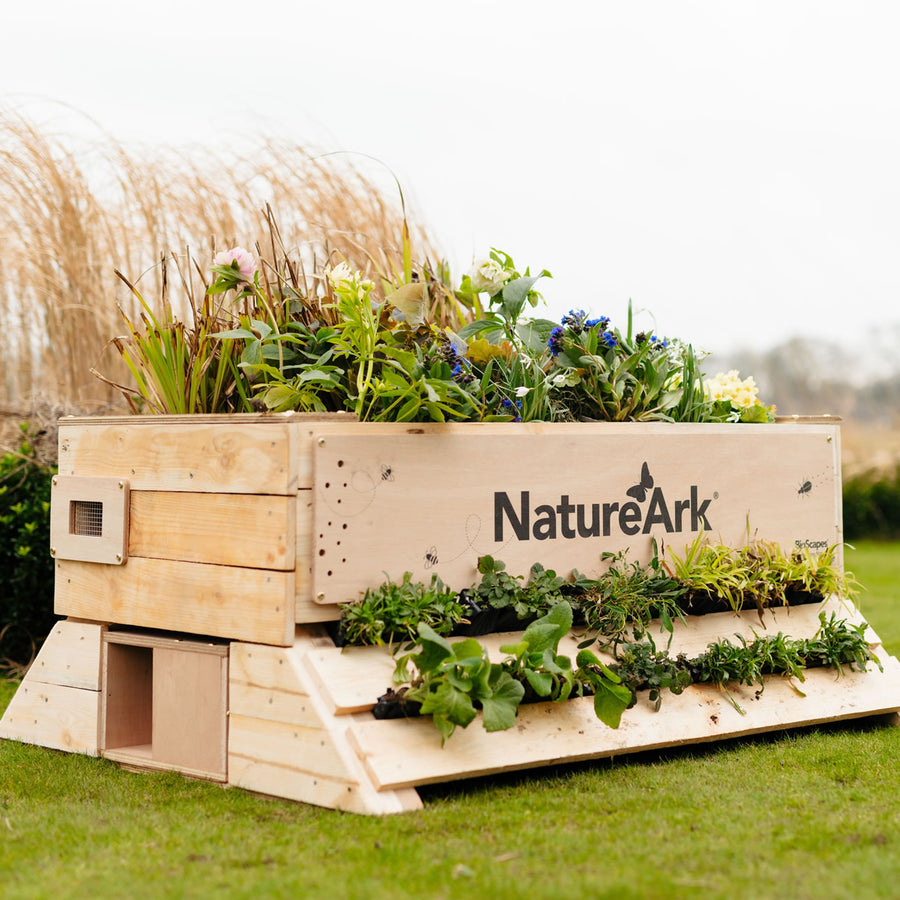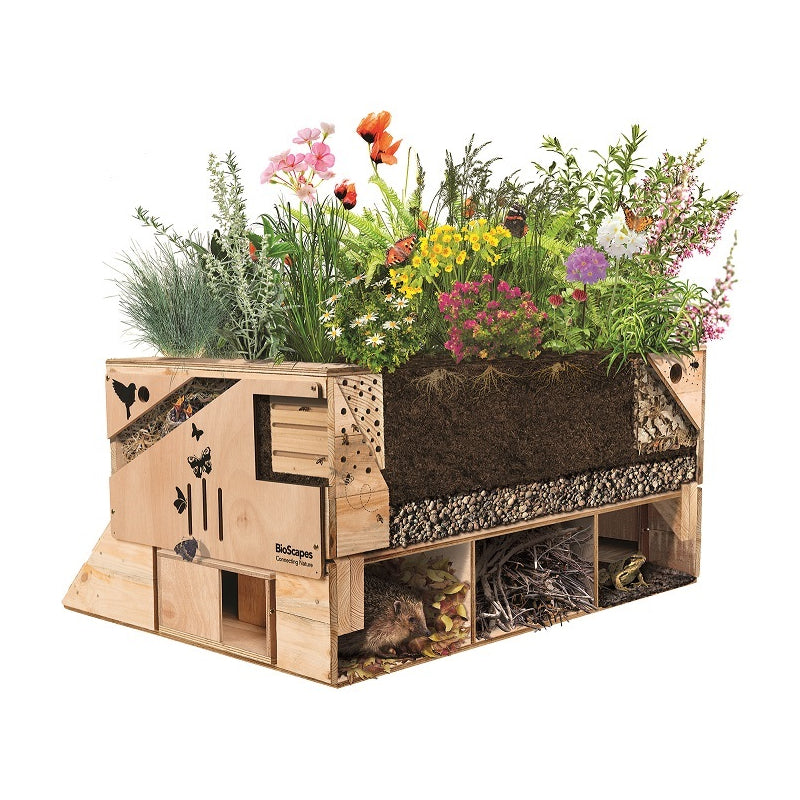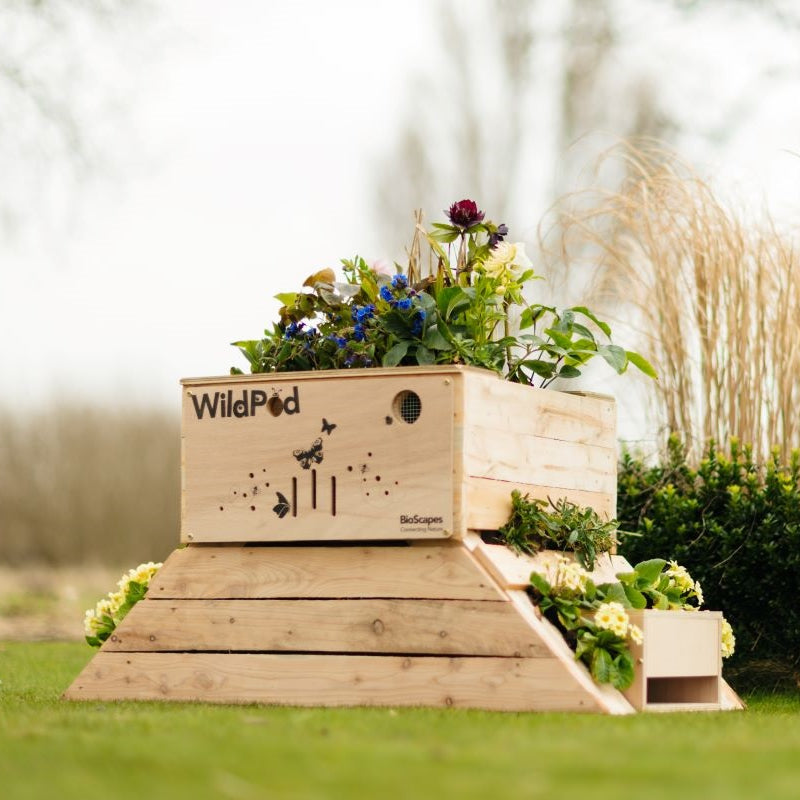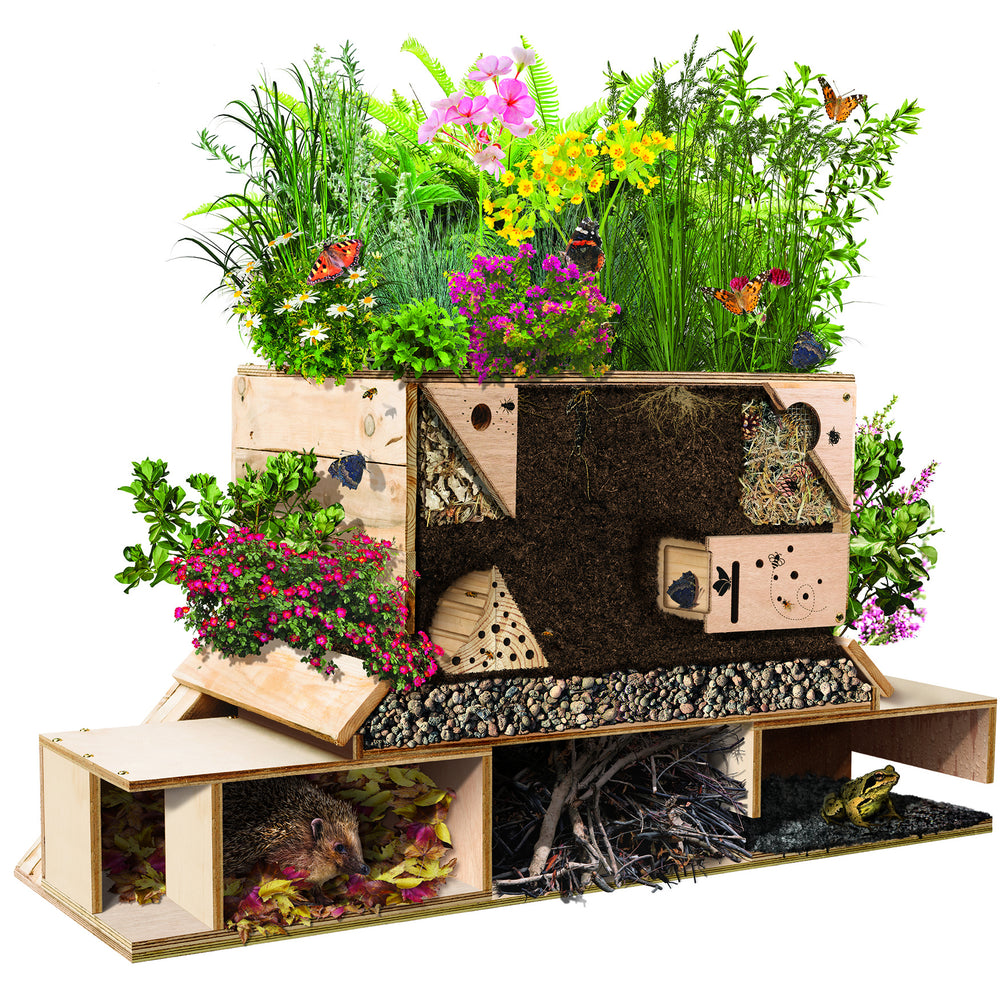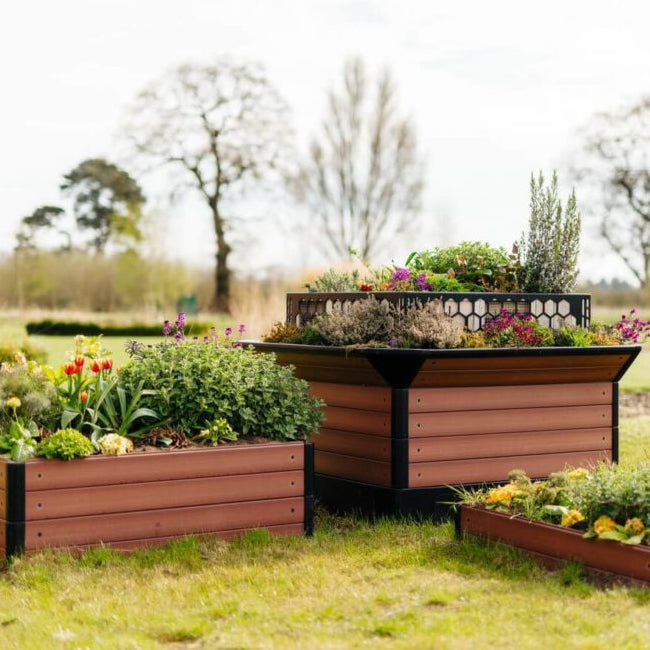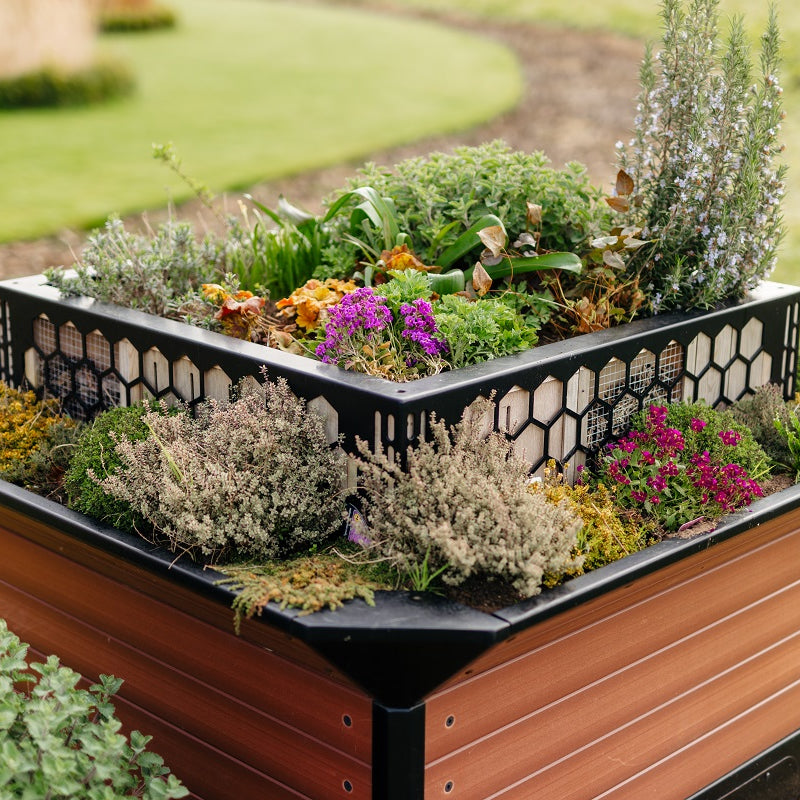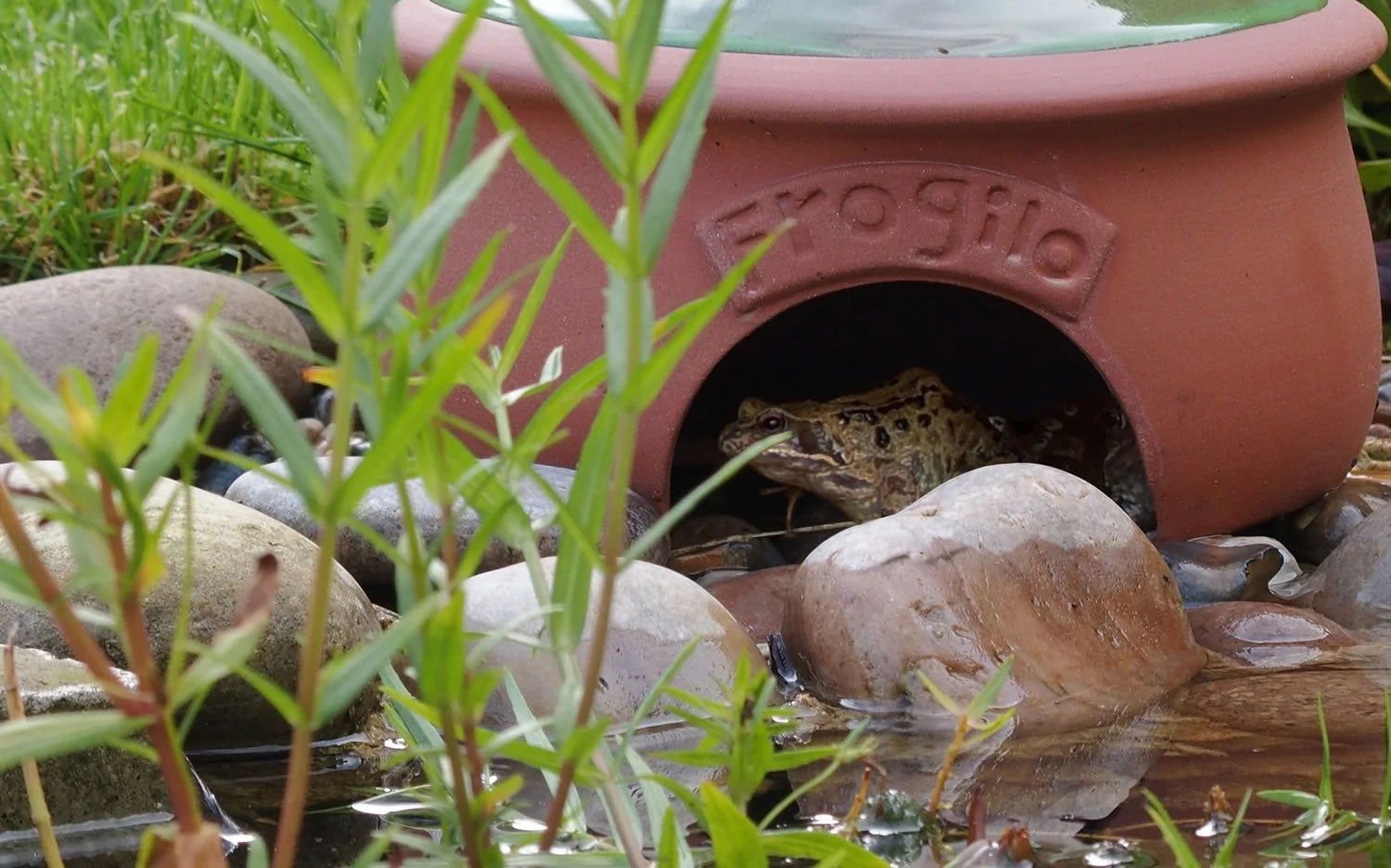
Frog Houses
Frog houses offer a cool retreat and safe place for frogs and toads to rest, hide, and thrive beyond garden ponds. These fancy toad abodes create a shaded, damp habitat that attracts other amphibians and beneficial wildlife. Ideal near compost heaps, rocks, or logs, they provide extra protection from predators like birds and snakes. A well-placed frog and toad house encourages garden visitors while helping control insects and pests. Create a quiet, natural haven with our range of frog homes built to blend into your garden.
Why Every Garden Needs a Frog or Toad House
By creating a frog-friendly habitat, you're not just giving frogs and toads a place to hide, you're building a garden where wildlife can thrive. Here are a few benefits frog homes can have for amphibians:
- Provides a shaded area and cool retreat during hot summer months
- Offers extra protection in winter and a place to rest in spring
- Helps frogs and toads lay eggs safely away from predators
- Naturally controls pests like insects, slugs, snails, mosquitoes and beetles
- Encourages biodiversity and attracts other amphibians like newts
Best Locations for Your Frog House
For maximum benefit, place your toad home in a damp, shady location, such as near a compost heap, under logs, or in a patch of long grass. Ideal sites include spaces near garden ponds, within wood chip borders, or nestled beside rocks and plants. Keep it out of direct sunlight and away from busy paths for a truly safe space.
Creating a Frog-Friendly Garden & Choosing the Right Abode
Building a frog-friendly garden means more than just adding a pond - it's about creating a diverse habitat where frogs, toads, and other wildlife can thrive. Start with damp areas, shaded corners, and compost heaps to form secluded spots. Use gravel, soil, rocks, and logs to add shelter and cover. These elements attract beneficial bugs and other animals, forming a rich ecosystem where garden wildlife can flourish.
Our range of frog and toad homes - made from wood, ceramic, and natural materials - blends smoothly into any landscape. Each offers a safe space with either a single entrance or full cover with our wildlife planters, that protect a range of species, from frogs to hedgehogs, providing extra protection from heat, predators, and the elements. Whether you want to protect amphibians from chemicals and pesticides, or simply enjoy the fun of attracting other wildlife, these shelters make a real difference.
A well-placed toad abode turns unused garden space into a thriving microhabitat. Every shelter helps frogs and toads spend more time in your garden.
Frequently Asked Questions
Where is the best place to put a frog house?
The best spot for a frog house is a shady, secluded area with damp soil, ideally near a pond, compost heap, or under dense plants and logs. Position it out of direct sunlight and wind, somewhere frogs can access easily but predators can't.
Do frog houses help reduce garden pests?
Yes, absolutely. Frogs and toads are natural pest controllers - they feed on slugs, snails, beetles, mosquitoes, and other bugs that can damage plants. By providing shelter and a safe space, frog houses encourage these helpful amphibians to stay in your garden and keep pest populations in check, without the need for pesticides or harsh chemicals.
What animals use frog houses?
Frog houses are primarily used by frogs, toads, and sometimes newts, especially outside the breeding season when they seek cool, damp retreats. You may also find them providing occasional shelter to small insects or bugs, and our wildlife planters can house a range of species, including hedgehogs and other small mammals - as part of a healthy, balanced wildlife habitat.
Do frogs need feeding if I have a frog house?
No feeding is necessary. Frogs and toads are excellent foragers and will naturally hunt for food such as insects, mosquitoes, worms, and other small bugs around your garden. But if you want to help them out during periods when food is scarce, providing specialised amphibian food will help them thrive no matter the weather.


